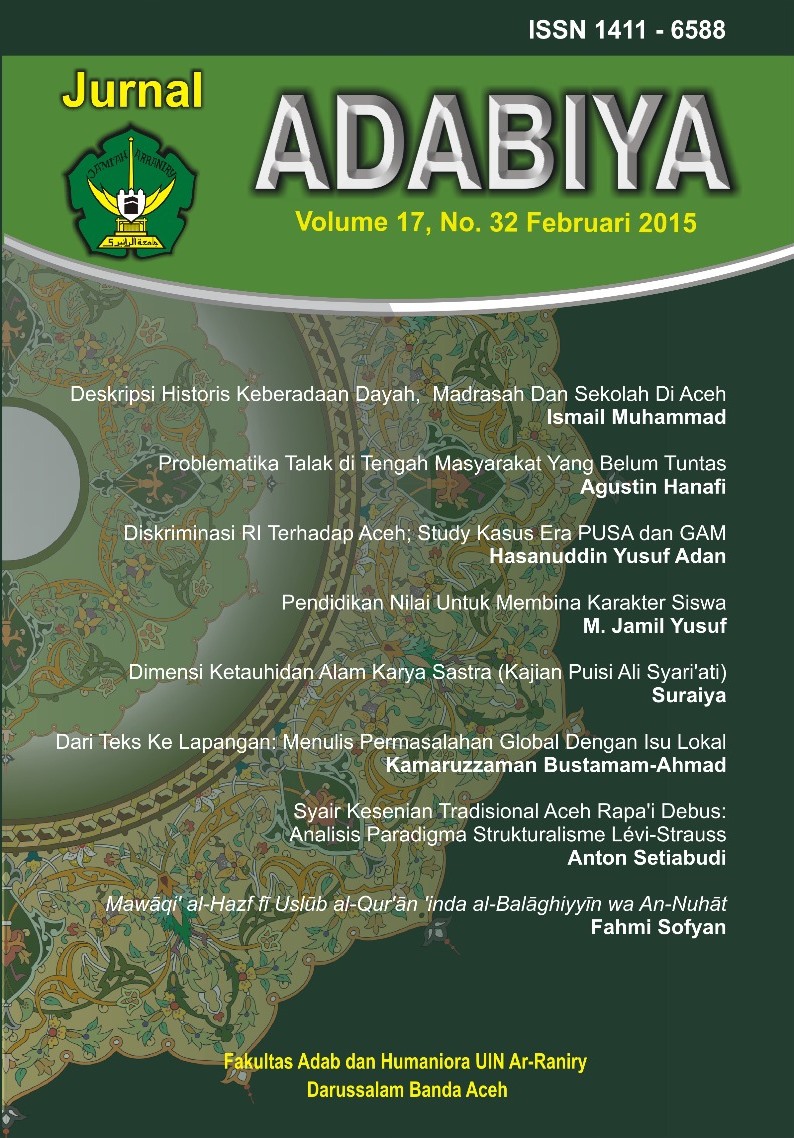References
Al-Futuh, Abd al-Majid, Tarikh al-Siyasi wa al-Fikri, (Al- Mansur: Mathabi’ al-Wafa, 1988).
Al-Usairy, Ahmad, al-Tarikh al-Islami, Terj. Samson rahman, (Jakarta: Akbar, 2003).
Boswort, C. E, Dinasti-Dinasti Islam, (Band- ung: Mizan, 1980).
Mahayudin, Sejarah Islam, (Kuala Lumpur: Fajar Bakti, 1993).
Mubarak, Jaih, Sejarah Peradaban Islam, (Bandung: Pustaka Bani Quraisy, 2004).
Mughni, Syafiq A., Sejarah Kebudayaan Islam di Kawasan Turki, (Jakarta: Logos Wacana Ilmu, 1997).
Nizar, Samsul, Sejarah Pendidikan Islam, (Ja- karta: Kencana Pranada Media).



